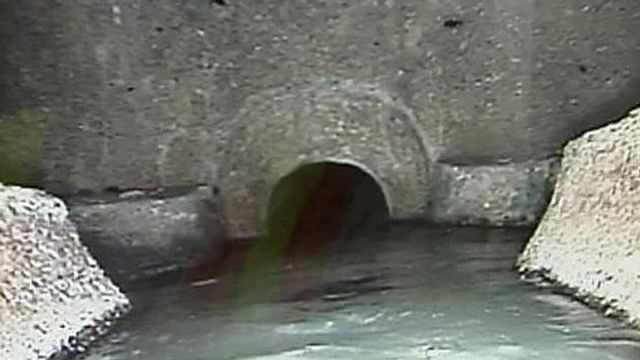Sewer workers know the dirt on what goes down the drain
About 43 million gallons of wastewater run beneath the streets of Raleigh every day. When something blocks a sewer main, the results can be nasty and expensive.
Posted — UpdatedRaleigh officials can get an up-close look at what's going on underground with a "sewer cam."
Robert Smith supervises camera crews that are responsible for keeping track of the city’s 2,300 miles of sewer lines – enough pipe to run from Raleigh to Las Vegas.
Smith’s crews send cameras into the sewer mains to look for anything that could stop the flow and cause an overflow. Fats, oils and grease, for example, can harden and block lines.
"It takes about a year for the camera crews to inspect all of the city's sewer lines. When they find a problem, they call out a cleaning truck to flush the line,” Smith said.
Raleigh has seen dozens of sewer overflows in the past year – more than 1 million gallons of dangerous, disgusting wastewater that workers had to clean up. Grease caused 40 percent of those overflows, according to city officials.
“Some are going to occur out there. We want to minimize those that do occur,” said Dale Crisp, Raleigh’s public utilities director.
The public can do a lot to help. For instance, pour household grease into a container and throw it in the trash, not down the drain.
“Just think about what you put down up in there. It only takes a second to pour grease in a bottle and dump it,” Smith said.
The city pays $50 to the first person who reports a sewer overflow.
• Credits
Copyright 2024 by Capitol Broadcasting Company. All rights reserved. This material may not be published, broadcast, rewritten or redistributed.






